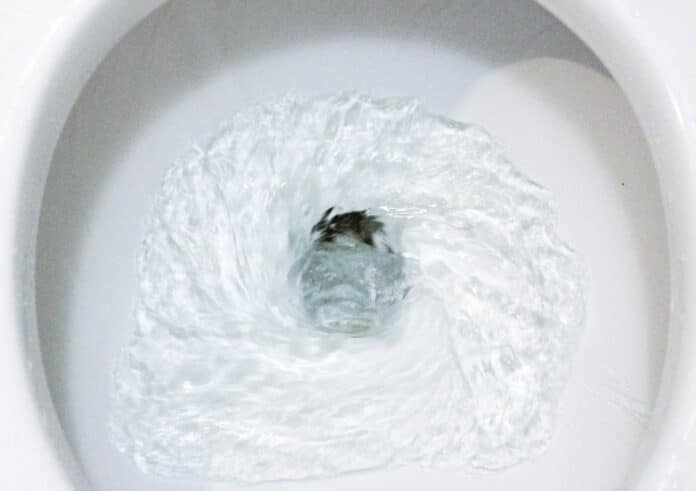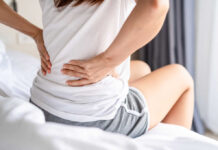
When you flush the toilet, germs are spread into the air through a process called aerosolization. Although most of the waste matter is flushed away, the force of the water creates tiny contaminated droplets that are injected into the air, where they may be inhaled or land on surfaces.
These germs can include bacteria, viruses, and other microorganisms that can cause illness. For example, flushing a toilet with feces can release bacteria such as E. coli and salmonella, which can cause food poisoning and other illnesses.
Research also suggests this may be a potential way that the recent SARS-CoV-2 virus may spread.
Measuring the Aerosols Ejected From Toilets
A new study published in December 2022 sought to measure and model visualizations for the aerosols that are ejected from a flushed toilet.
The researchers showed that a toilet flush produces a strong chaotic jet of nearly invisible aerosols, transporting contaminated particles at velocities exceeding 2 meters per second. While most of the larger droplets settle out within a few seconds, smaller aerosolized particles can linger around in the air for an extended period of time.
In unclean toilets with higher concentrations of contamination on the bowl walls or in the bowl water, the entire area becomes quickly contaminated with potentially dangerous germs. This creates a high risk of spreading illness, especially in public restrooms.
How To Stay Safe and Limit Your Risk
To be clear, this doesn’t mean you should avoid flushing the toilet. This information is meant to clarify how important it is to keep our bathroom spaces clean and safe.
Here are some tips to reduce the spread of germs in restrooms:
● Close the toilet lid before flushing: Although this may not be a perfect barrier, it can significantly limit the spread of aerosolized particles.
● Wash your hands: Proper hand washing is essential for preventing the spread of germs. Be sure to wash your hands with soap and water for at least 20 seconds, especially after using the bathroom and before eating or touching your face.
● Use disinfectant wipes: After using the toilet, use disinfectant wipes to clean the seat and surrounding areas. This can help kill any germs that may have been spread through flushing.
● Do not share bathrooms when someone is ill: When someone in your household is sick with a contagious illness, limit sharing of bathroom spaces as much as possible. If separate restrooms are not available, extra precautions should be taken to avoid spreading the illness.
● Clean your bathrooms more often: Bathrooms should be cleaned frequently and thoroughly. This includes the entire toilet area, as well as the floor, walls, bath, sink, and counters.
● Store toothbrushes and other tools: Put your toothbrush in a case and store it in a drawer or in another room. Leaving it out in the vicinity of the toilet makes it possible for aerosolized droplets to invisibly contaminate your toothbrush.
By following these simple steps, you can help prevent the spread of germs and keep yourself and others healthy.



















